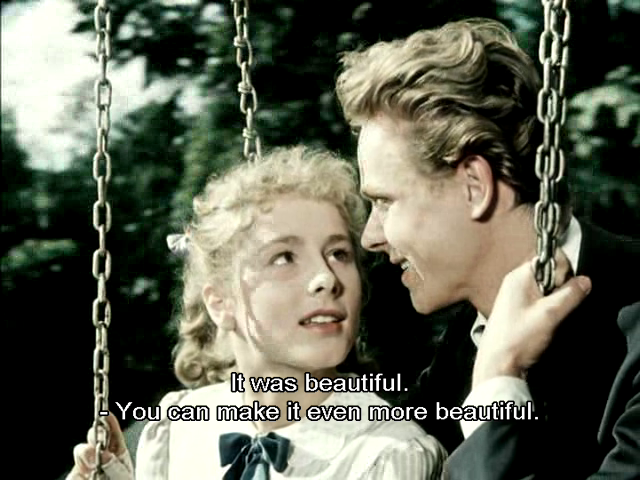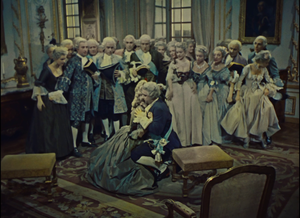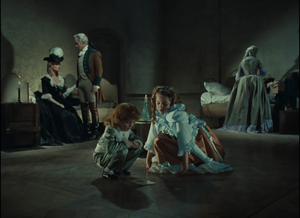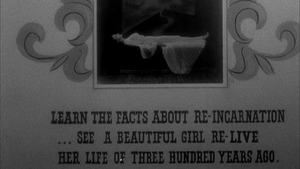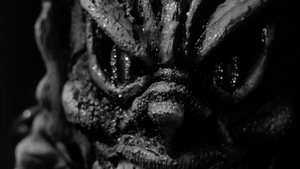SILVERY WIND (Václav Krška)
finished in 1954
kept under the ban by censors for 2 years
released in 1956
preliminary side note:
all said below is (mostly) based on reading two texts (in Czech) ↓↓
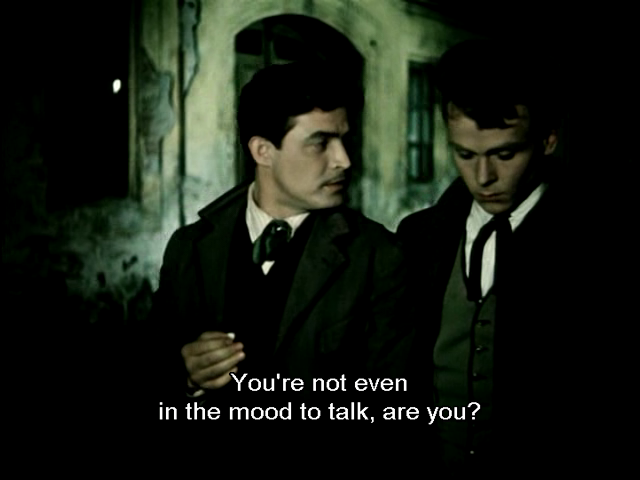
1/
EVERYTHING IS BEAUTIFUL (BETWEEN US GUYS) / QUEER ASPECTS OF VÁCLAV KRŠKA'S FILMS
VŠECHNO JE KRÁSNÉ (MEZI NÁMI KLUKY) / QUEER ASPEKTY FILMŮ VÁCLAVA KRŠKY
(by Lukáš Skupa, article in CINEPUR, No. 71, September 2010)
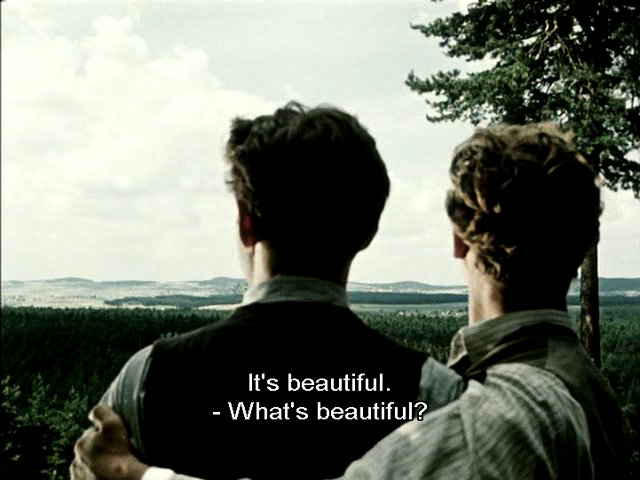
2/
THE SECRET WAS IN HIS EYES: EDUARD CUPÁK / THE BIRTH OF A QUEER ICON IN CZECHOSLOVAK CINEMA OF THE 1950s
TO TAJEMSTVÍ BYLO V JEHO OČÍCH: EDUARD CUPÁK / ZROZENÍ QUEER IKONY V ČESKOSLOVENSKÉ KINEMATOGRAFII 50. LET
(by Jan Bodnár, bachelor thesis, 2015)

Abstract:
This thesis is about the birth of a queer movie icon Eduard Cupák in Czechoslovakia in the 50´s.
Gay director and gay actor duo is unique in our cinema. In order to understand the modes of such production and creative collaboration, I worked with information collected from interviews with people from this era and people who knew Cupák — mostly friends and colleges.

so, where to start... (???)
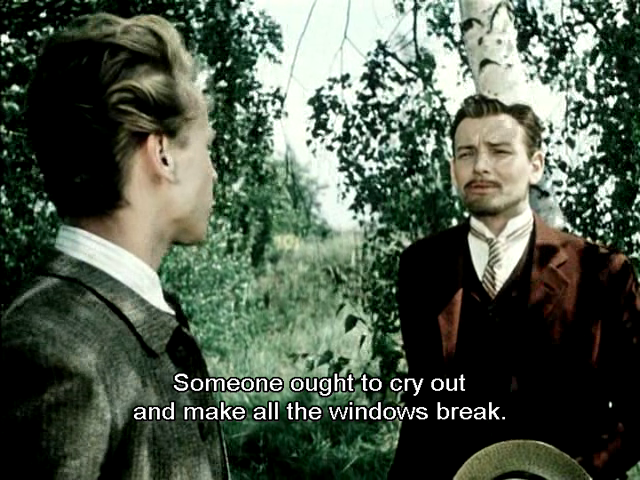
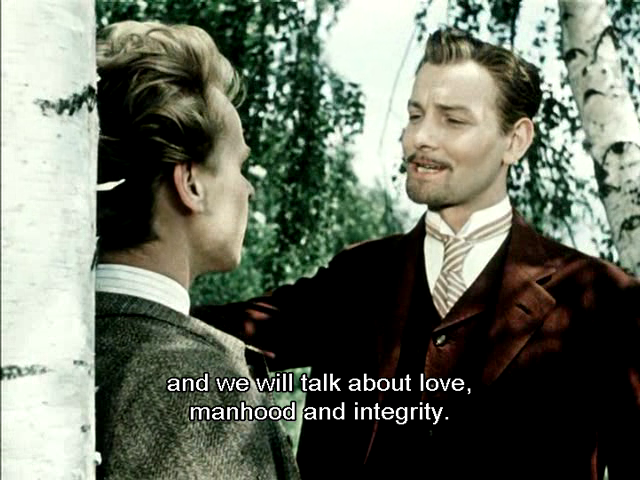
pre-WW2, the Prague artistic queer community was centered around Miloš Havel (uncle of the later president Václav Havel), the owner of Barrandov Studios and Lucernafilm production company
→
https://en.wikipedia.org/wiki/Milo%C5%A1_Havel
young film directors František Čáp and Václav Krška (who made together for Lucernafilm FIERY SUMMER in 1939) were part of this milieu.
the most iconic actor (& gay) of the time was an eccentric Eduard Kohout
→
https://letterboxd.com/actor/eduard-kohout/
after WW-2, Barrandov Studios were nationalized, Miloš Havel and František Čáp went into exile.
thus the director Václav Krška and his young acting star (SILVERY WIND was his iconic-status-breakthrough) Euduard Cupák became the new queer epicenter (including the other gays who collaborated on the SILVERY WIND — assistant director Jaroslav Beránek, costume designer Fernand Vácha).
post-WW2 Czechoslovakia, following the example of the Stalinist Soviet Union, considered homosexuality a bourgeois deviation.
thus with the advent of socialism (and eradication of all the bourgeois), homosexuality became "non-existent" (tho the bourgeois law of prosecuting homosexuality was still in action throughout the 1950s).
partial decriminalization of homosexuality happened in Czechoslovakia in 1961, thanks to the lobbying of the sexologists led by Kurt Freund
→
https://en.wikipedia.org/wiki/Kurt_Freund
Between 1950 and 1953, Freund treated 67 men for homosexual tendencies.

Some of his patients voluntarily sought to change their sexual orientation, while others received remission of prosecution or legal penalties so that they could undergo the experiment. Taking a behaviorist perspective, he attempted to reinforce heterosexual feelings while punishing homosexual ones in order to change sexual orientation. Patients were given nausea-inducing drugs while exposed to images of other men, then given testosterone injections and exposed to photographs of naked women.

Freund followed up with his patients in 1956 and 1958, concluding that the experiment was not a success.
His empirical data showed some of the first evidence that sexual orientation conversion therapy was generally futile. He demonstrated that even homosexually oriented men who appeared to have given up sexual relations with other men and established heterosexual marriages were still aroused by images of men rather than women. Freund also challenged contemporary psychoanalytic theories of male homosexuality that suggested it was due to a fear or aversion to women.
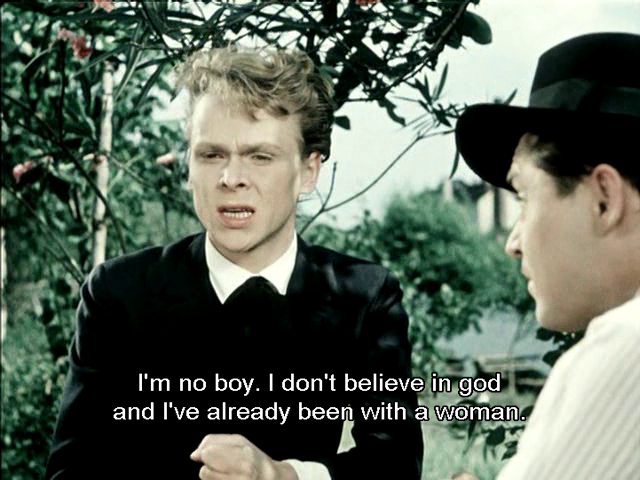

In 1957, he began to advocate for the decriminalization of homosexuality, which happened in Czechoslovakia in 1961 following an official recommendation signed by Freund and other psychiatrists. Like other researchers at the time, however, he continued to see homosexuality as a pathology. In 1977, he apologized for his attempt to change sexual orientation, writing that if his experiment "has 'helped' at all, has helped clients to enter into marriages that later became unbearable or almost unbearable" and expressing doubt that homosexuality should be considered an illness because of the chance that "reasonable social changes may virtually abolish all specific distress of homosexual persons". Freund advised his patients to make peace with their sexual orientation.

decriminalization (of 1961) was only partial because homosexual behavior was still seen as "illegitimate".
this "offense" is only no longer submitted to a state penal bureaucracy but instead to the newly established (self-regulatory) "local people's courts" — something (fortunately enough) rather unfunctional in the local Kafkesque penal system and thus local gays and lesbians (including the artistic queer community of Václav Krška & Eduard Cupák) could (since 1961) relatively freely display their "bourgeois pathology" without prosecution.
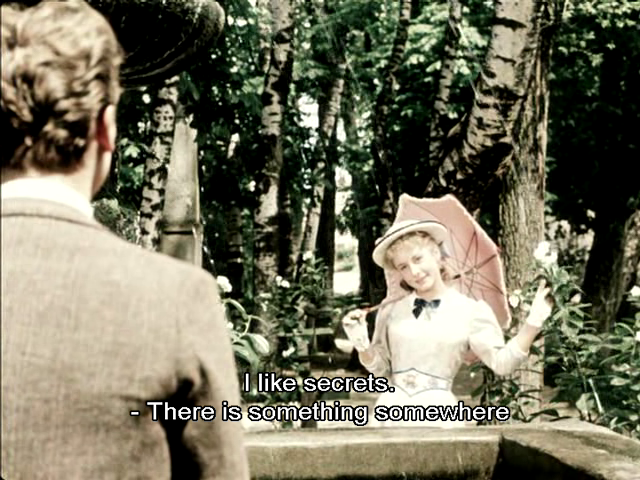

thus we don't see in 1950s Czechoslovak films gay or lesbian characters.
there are only these "strange" Václav Krška's (or exiled František Čáp's) movies where behind the thin facade of the heteronormative plot is happening something that allows — more (Krška) or less (Čáp) clear — queer reading.
thus even if the male characters are staged as voyeurs of the female body (a typical heteronormative male gaze) those same male characters (their bodies, their facial expressions, their physical interactions) can become the subject of meta-voyeurism of the (eventually queer) audience (watching the film).
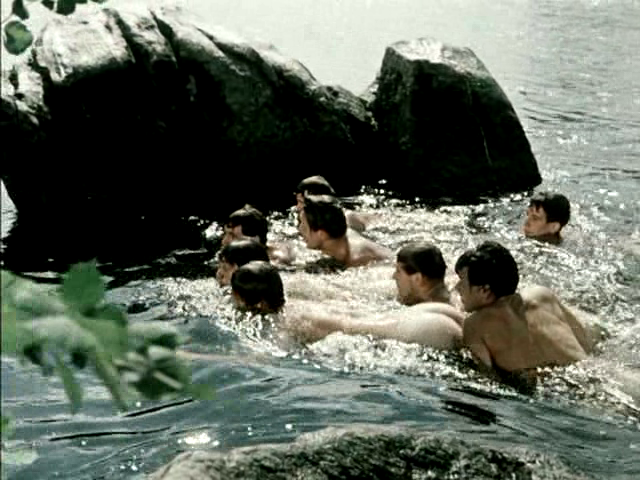
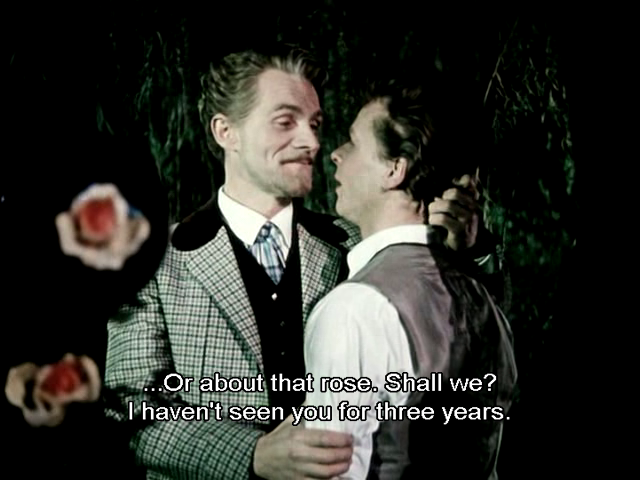
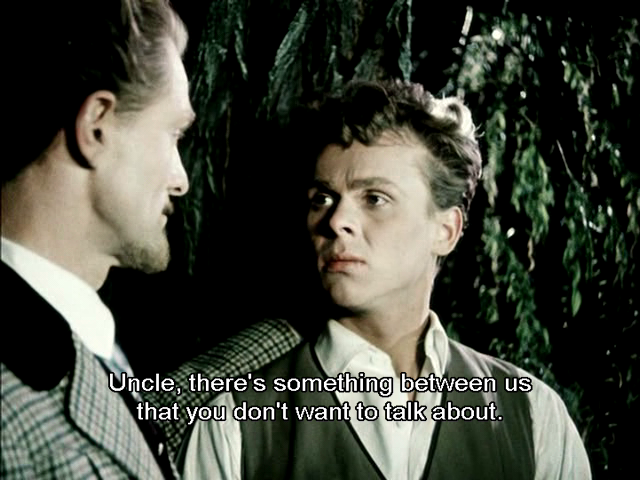
unfortunately, this situation on screen didn't change for the better in the 1960s (despite the overall liberalization and advent of the Czech New Wave).
gay or lesbian characters start to appear in films but either as mentally disturbed (gay inmate of the psychiatric hospital who later commits suicide in THE RETURN OF THE PRODIGAL SON (1967) by Evald Schorm), or as laughable caricatures (gay in HOTEL FOR STRANGERS (1967) by Antonín Máša).
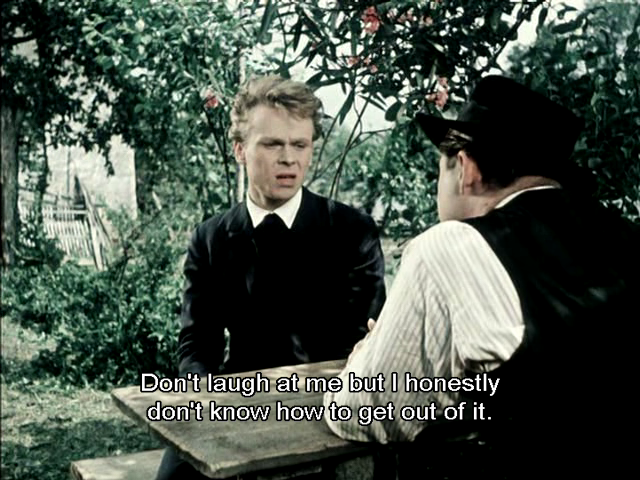
at best, Ladislav Helge comes in CHANCE MEETING (1965) with something similar to Václav Krška — with an outwardly heteronormative plot that allows queer reading.
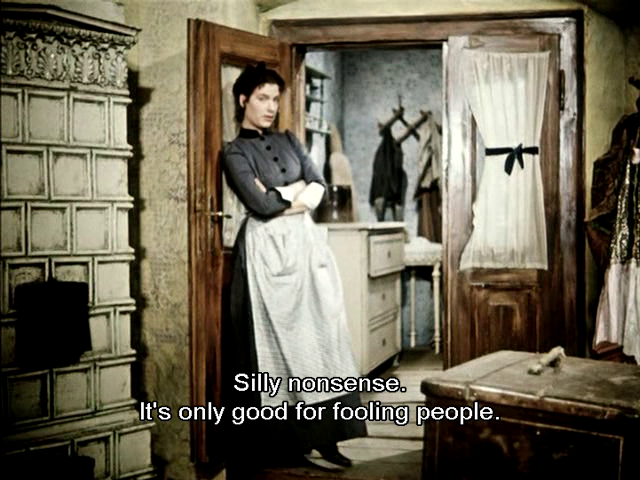
this deplorable situation didn't change till the end of the (conservative) communist regime.
in 1989, the Czech New Wave icon Věra Chytilová is still staging (A HOOF HERE, A HOOF THERE) a gay character as a comical figure.
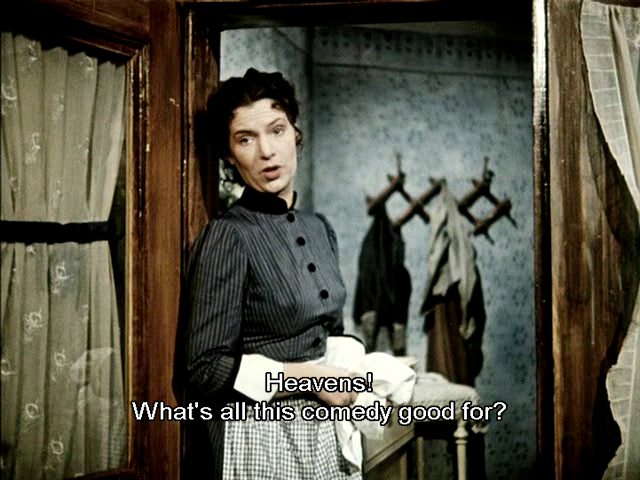
anyway, back to the film in question (i.e. SILVERY WIND)...
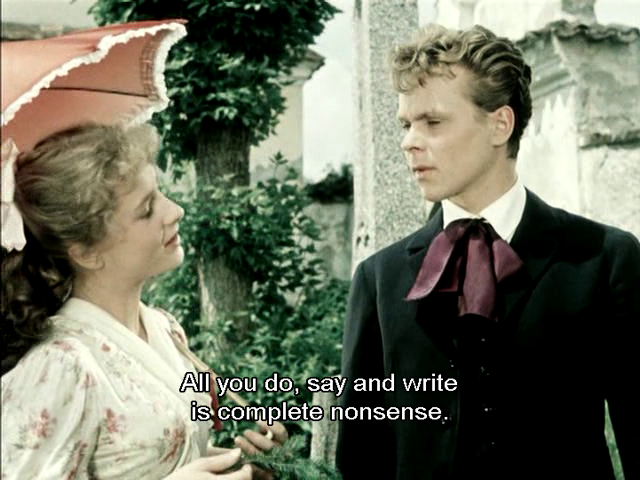

it is based on a novel (published in 1910) by Fráňa Šrámek (1877-1952) — an anarchist, pacifist, and vitalist (celebration of life and nature) poet.
he was an Oscar-Wilde-type of rebel, revolting against the bourgeois society of his time — thus appealing to Václav Krška (his MOON OVER THE RIVER, 1953 is also an adaptation of Fráňa Šrámek), and somehow also an acceptable author for the communists (considered to be an anarchist forerunner to communism — despite he never joined Communist Party).
the plot takes place in the second half of the 19th century and costume stylization refers to the outfits of a Victorian dandy (contribution by the aforementioned gay costume designer Fernand Vácha).
SILVERY WIND is also unique by re-introducing a romantic hero (a lover) on the Czechoslovak screen.
this type of character wasn't unusual in pre-WW2 Czechoslovak genre films (melodramas).
with the advent of communism & socialist realism, melodrama was labeled as petit bourgeois rubbish and a delirious romantic lover disappeared from the screen — making room for a worker who is (instead of womanizing) sweating in the factory to build a bright totalitarian future.
poor delirious romantic lover survives only in fairy tales (as a "prince" character).
Václav Krška not only fancied casting all those "princes" in his films...
Vladimír Ráž:
1/ prince Miroslav in THE PROUD PRINCESS (Bořivoj Zeman, 1952)
2/ Prof. Luděk Ramler in SILVERY WIND


... but in SILVERY WIND he put back on screen the pre-WW2 type of melodrama lover (viz Eduard Cupák gaining an iconic status) who passionately chases "silvery wind" wherever it takes him.
